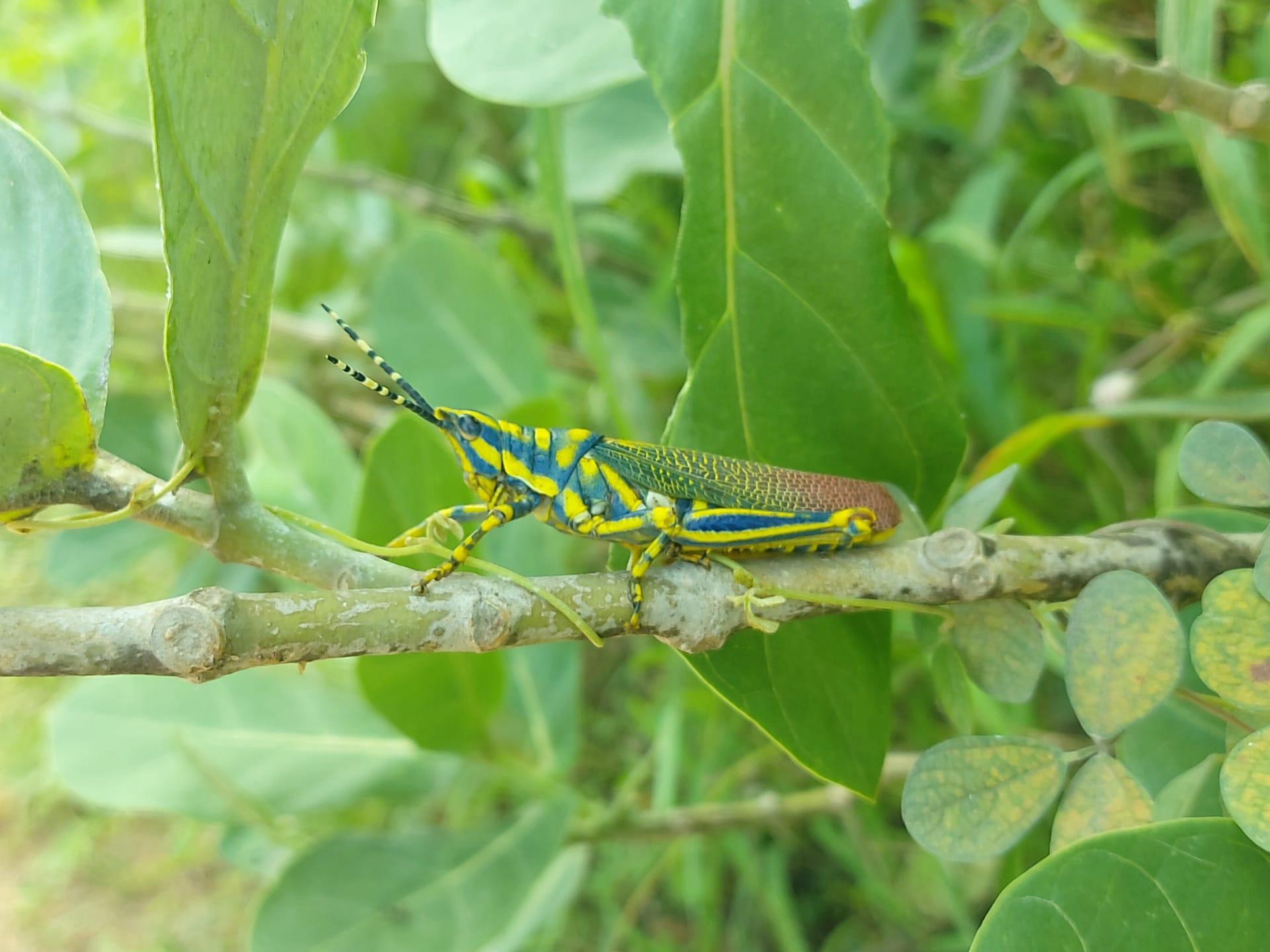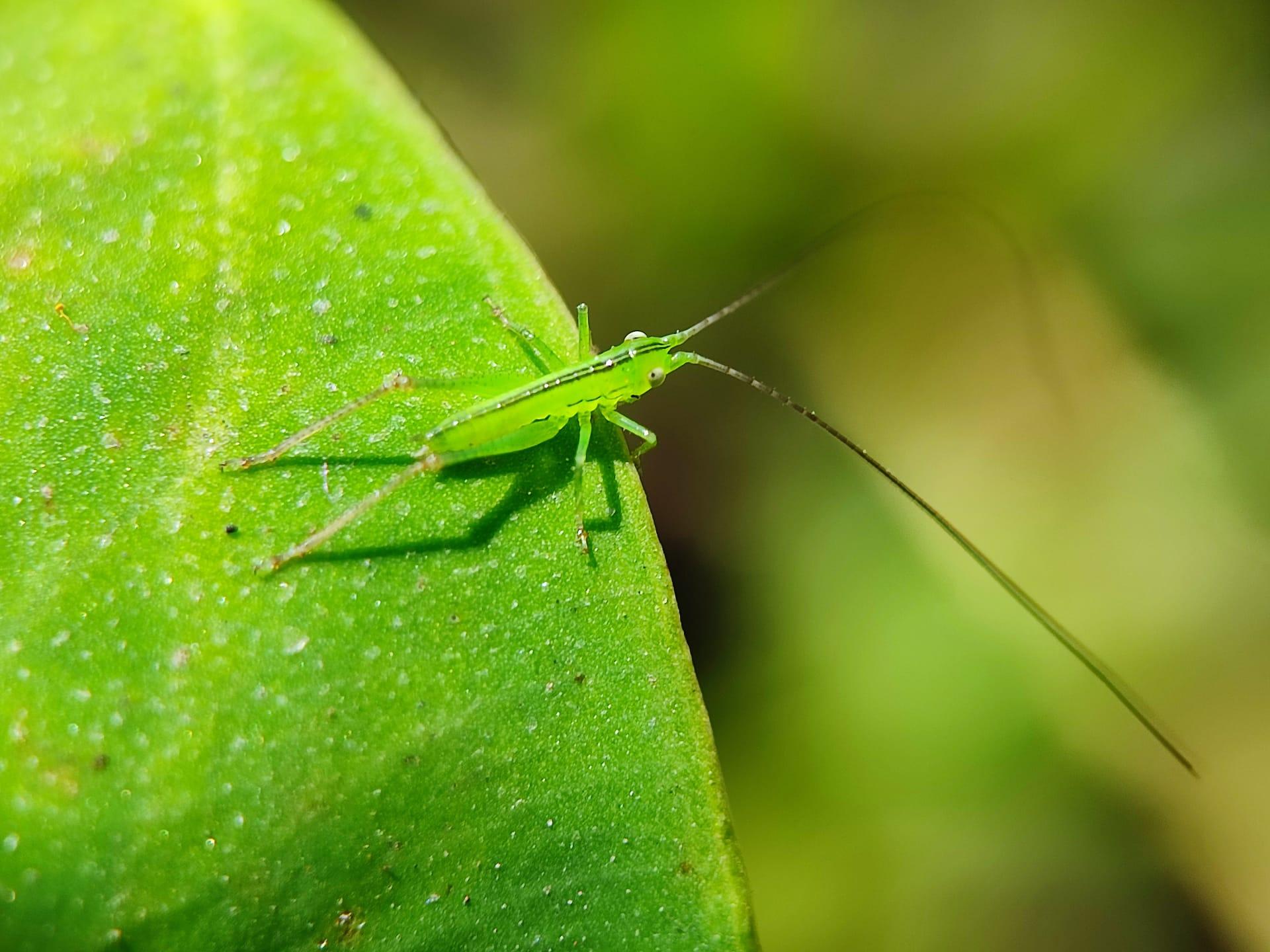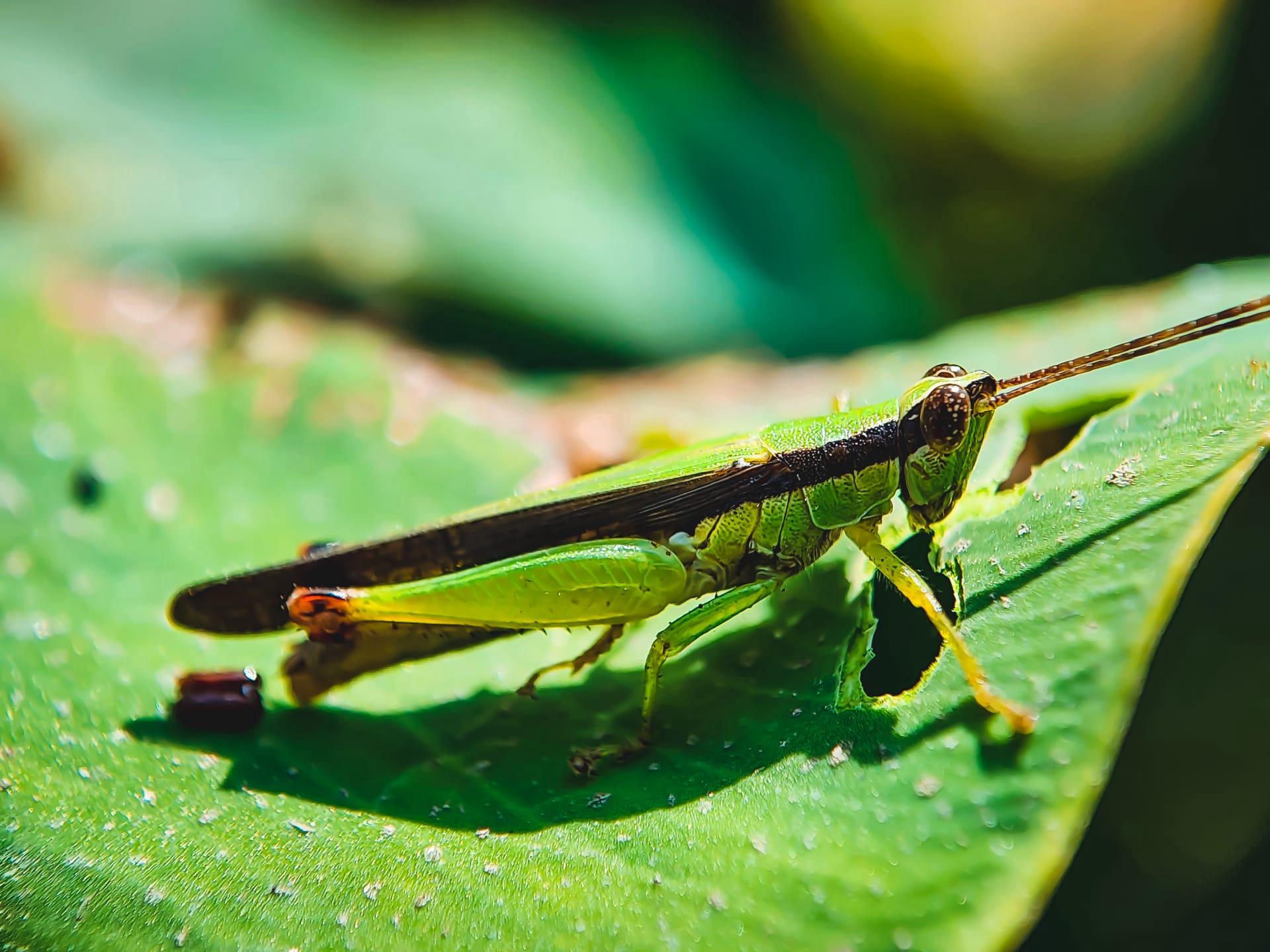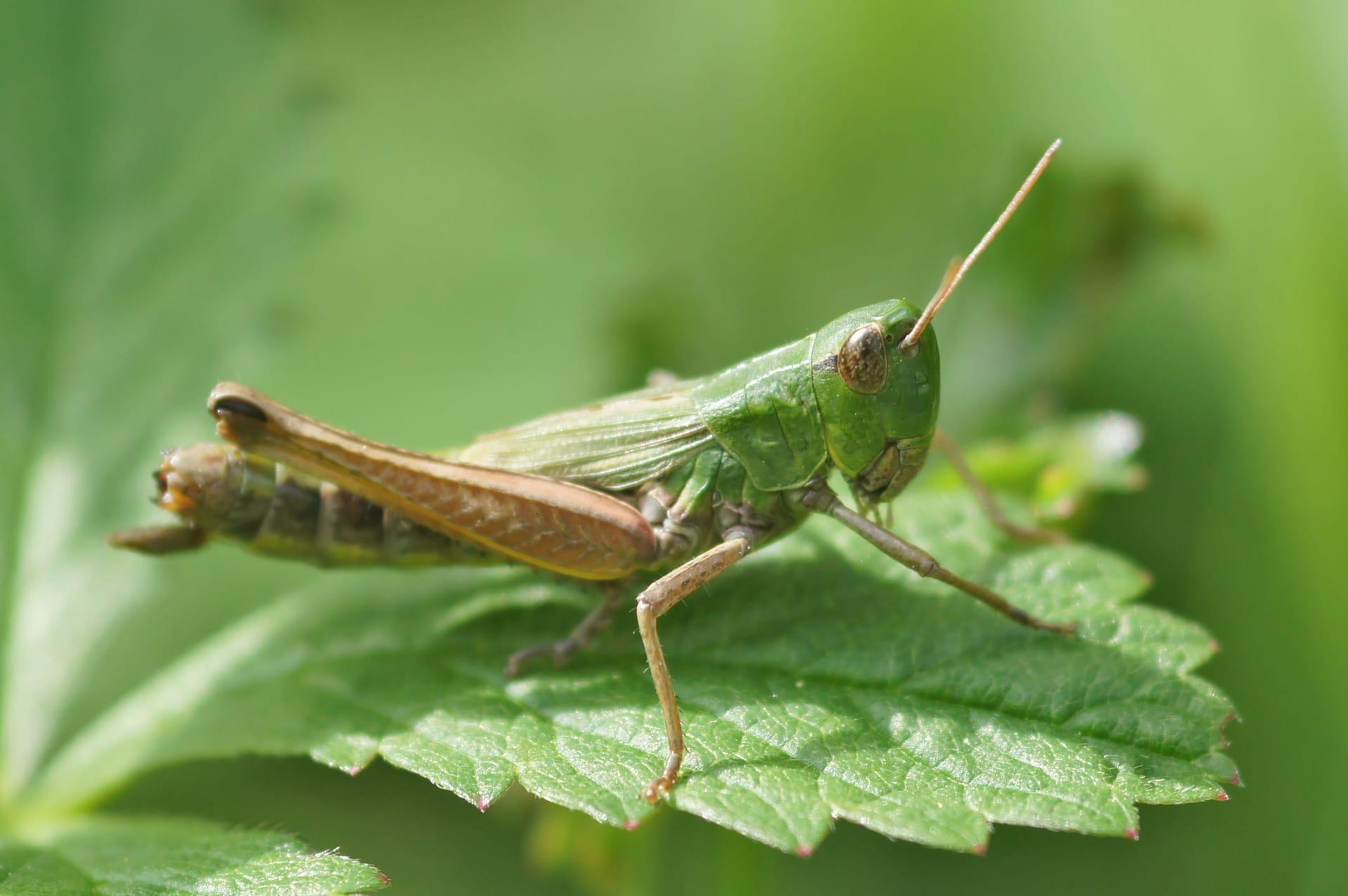Leaf Hopper Trivia
- Home /
- Trivia Question /
- Animal /
- Leaf Hopper Trivia
1
Question: What are leafhoppers and how many species exist globally?
Answer: Leafhoppers are a group of small, highly active insects, belonging to the order Hemiptera. They are known for their ability to leap great distances. There are over 20,000 species of leafhoppers worldwide, making them one of the most diverse insect groups. They vary in color and size, typically measuring between 1/8 and 1/2 inch in length.
Question: What makes leafhoppers' jumping mechanism so efficient?
Answer: Leafhoppers possess a unique structure called the hind leg tibia, equipped with a series of muscle-powered gears. These gears lock the insect's hind legs together, ensuring synchronized leg movement during a jump. This mechanism allows them to leap up to 100 times their body length, making their jumping one of the most powerful and precise in the animal kingdom.

2
Question: Are leafhoppers harmful to plants?
Answer: Yes, leafhoppers can be harmful. They feed on plant sap using their needle-like mouthparts, which can cause damage to the plant. This feeding not only stunts plant growth but can also transmit harmful plant diseases. For instance, the aster yellows disease, affecting over 300 plant species, is primarily spread by leafhoppers.
Question: Do leafhoppers play any beneficial role in the ecosystem?
Answer: While often seen as pests, leafhoppers also have ecological benefits. They are a food source for various predators like birds and spiders, contributing to the biodiversity of their habitats. Additionally, their feeding activity can help in the natural pruning of plants, potentially aiding in plant health and growth in a balanced ecosystem.

3
Question: How do leafhoppers communicate with each other?
Answer: Leafhoppers communicate through a unique method called substrate-borne vibrational signals. They produce vibrations that travel through plant stems and leaves. These signals are used for mating purposes and territory defense. The frequency and duration of these vibrations vary among species, allowing specific communication within the same species.
Question: What is the lifespan of a leafhopper?
Answer: The lifespan of a leafhopper can vary significantly depending on the species and environmental conditions. On average, most leafhoppers live for about one year. This includes their time as eggs, nymphs, and adults. Their lifecycle is heavily influenced by temperature, with warmer climates often leading to shorter lifecycles.

4
Question: What adaptation helps leafhoppers to evade predators?
Answer: Leafhoppers have evolved excellent camouflage abilities. Their color and body shape often mimic the plants they inhabit, making them less visible to predators. Some species even mimic leaf veins or plant debris. Additionally, their quick jumping ability serves as an effective escape mechanism when threatened.
Question: How do leafhoppers affect agriculture?
Answer: Leafhoppers can have significant impacts on agriculture. They are known to damage crops by feeding on them and by transmitting plant diseases. In vineyards, for example, they can spread the grapevine red blotch virus, which affects grape quality and yield. Managing leafhopper populations is crucial in agricultural settings to prevent crop loss.

5
Question: What role do leafhoppers play in the transmission of plant diseases?
Answer: Leafhoppers are key vectors in the transmission of various plant diseases. They spread phytopathogenic microorganisms like bacteria, viruses, and mycoplasmas. When they feed on an infected plant and then move to a healthy one, they transfer these pathogens, facilitating disease outbreaks across plant populations.
Question: Can leafhoppers adapt to different environments?
Answer: Yes, leafhoppers exhibit remarkable adaptability to different environmental conditions. They are found in a wide range of habitats, from tropical rainforests to temperate zones. Their ability to feed on various plant species and their high reproductive rate contribute to their successful adaptation in diverse ecosystems.